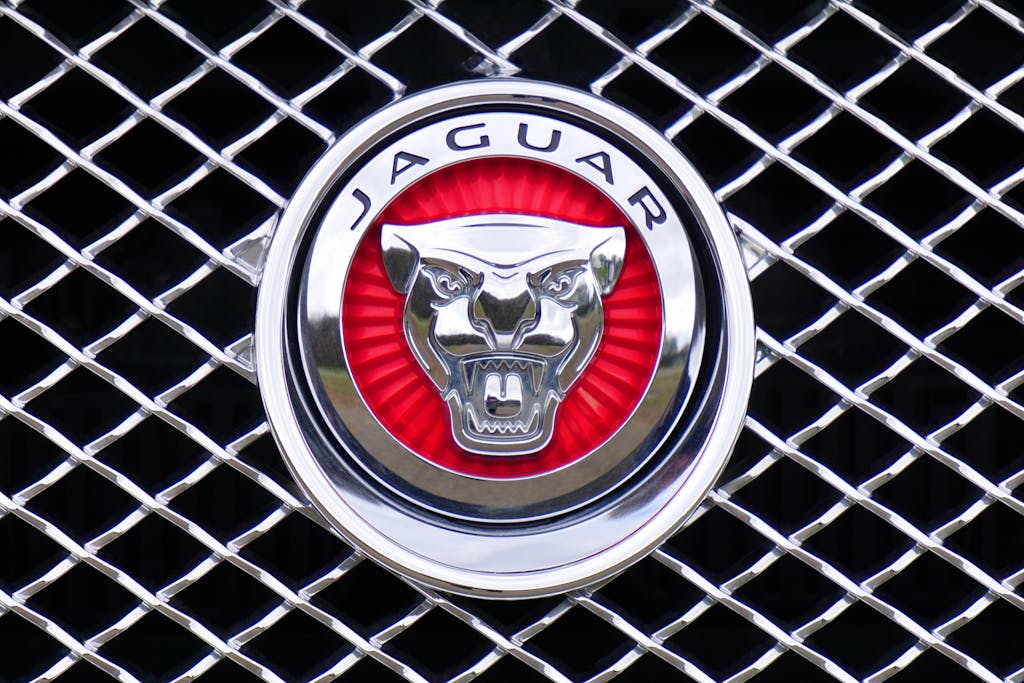Owning a Jaguar XF is more than just driving a luxury sedan; it’s about embracing a blend of performance, elegance, and British engineering excellence. Introduced in 2007 as a replacement for the S-Type, the Jaguar XF has evolved through multiple generations, offering drivers a sophisticated experience with powerful engines, advanced technology, and sleek design. However, like any high-performance vehicle, the XF requires regular maintenance to keep it running smoothly and safely. This is where understanding essential parts comes into play. Whether you’re a new owner or a seasoned enthusiast, knowing which components to monitor and replace can prevent costly breakdowns, enhance your driving pleasure, and preserve the car’s value over time.
In this comprehensive guide, we’ll delve into the must-know Jaguar XF parts that every owner should be familiar with. From engine components to suspension systems, we’ll explore their functions, common issues, and why opting for genuine or high-quality replacements is crucial. For those looking to source reliable parts, reputable suppliers like SNG Barratt offer an extensive catalog tailored to the XF model. You can find a wide range of Jaguar XF Parts that ensure compatibility and longevity.
Understanding the Jaguar XF: A Quick Overview
Before diving into specific parts, it’s worth noting the XF’s key features across its generations. The first-generation XF (X250, 2007-2015) featured rear-wheel drive with options for all-wheel drive in later models, powered by engines ranging from 2.0-liter turbocharged four-cylinders to supercharged V8s. The second generation (X260, 2015-present) introduced lighter aluminum construction, improved fuel efficiency, and advanced infotainment systems. These evolutions mean that parts can vary by year and trim, so always check your vehicle’s specifications.
Maintenance isn’t just about reacting to problems; it’s proactive. According to automotive experts, regular inspections can extend a car’s lifespan by up to 50%. For Jaguar owners, this means focusing on parts that endure high stress from daily driving, spirited performance, or environmental factors like road salt and potholes.
Engine Components: The Heart of Your XF
The engine is undeniably the core of any Jaguar, and the XF is no exception. Essential parts here include the timing chain, water pump, and spark plugs, each playing a vital role in performance and efficiency.
Start with the timing chain or belt (depending on the engine variant). In many XF models, especially those with the Ingenium engines, a timing chain synchronizes the crankshaft and camshaft for precise valve timing. Over time, chains can stretch or guides can wear, leading to rattling noises or even engine failure. Symptoms include a check engine light, reduced power, or unusual engine sounds. Replacing it every 100,000 miles is recommended, though earlier if you notice issues. Genuine parts ensure the chain’s durability, often made from high-tensile steel to withstand the XF’s high-revving nature.
Next, the water pump is crucial for cooling. Jaguar’s supercharged engines generate significant heat, and a failing pump can cause overheating, warped heads, or gasket failures. Look for leaks, coolant loss, or steam from the engine bay as warning signs. XF owners in hot climates should inspect this every 60,000 miles. Pairing it with a thermostat replacement during service can prevent related issues.
Spark plugs and ignition coils are also essentials. In turbocharged models like the 2.0L Ingenium, iridium plugs provide efficient combustion, improving fuel economy and reducing emissions. Fouled plugs can cause misfires, rough idling, or poor acceleration. Replace them every 30,000-50,000 miles, and always use OEM-spec coils to avoid electrical faults.
Don’t overlook oil filters and air filters. The XF’s engines demand clean oil for lubrication, and a clogged filter can lead to sludge buildup. Air filters protect against dust and debris, maintaining optimal airflow for power delivery. These are inexpensive yet impactful—change them during routine oil services.
Braking System: Safety First
No discussion of essential parts is complete without brakes, as they directly impact safety. The Jaguar XF boasts advanced braking with ventilated discs, ABS, and electronic brake distribution, but wear and tear is inevitable.
Brake pads and rotors are top priorities. Pads, typically semi-metallic or ceramic, wear down from friction, with lifespan varying from 30,000 to 70,000 miles based on driving style. Squealing, grinding, or a spongy pedal signals replacement time. Rotors, the discs pads clamp onto, can warp from heat, causing vibrations during braking. For performance-oriented XF S models, upgrading to slotted rotors can improve heat dissipation.
Brake calipers and lines also deserve attention. Calipers house the pistons that press pads against rotors; seized ones can lead to uneven braking or pulling. Hydraulic lines carry fluid—cracks or leaks compromise pressure, risking failure. Flush brake fluid every two years to remove moisture and maintain responsiveness.
Sensors like ABS wheel speed sensors monitor rotation for anti-lock functionality. A faulty sensor triggers dashboard warnings and disables traction control, a hazard in wet conditions. These electronic components are prone to corrosion, especially in salted winter roads.
Suspension and Steering: For That Signature Jaguar Ride
The XF’s suspension delivers a balance of comfort and handling, but parts like shocks, struts, and bushings wear out over time.
Shock absorbers and struts dampen road imperfections. In the XF, adaptive dampers (on higher trims) adjust firmness electronically. Worn shocks cause bouncy rides, tire wear, or handling instability. Replace in pairs every 50,000-80,000 miles.
Control arms and bushings connect the wheels to the chassis. Bushings, rubber or polyurethane, absorb vibrations but crack with age, leading to clunks or steering wander. Aluminum control arms in newer XFs are lightweight but susceptible to corrosion.
Steering components, including the rack and pinion and tie rods, ensure precise control. A leaking power steering pump or worn tie rods can cause play in the wheel or noises during turns. Regular alignment checks prevent premature tire wear.
Electrical and Lighting Systems: Modern Tech Demands
With the XF’s array of electronics—from adaptive headlights to infotainment—electrical parts are essential.
Batteries and alternators power everything. Jaguar’s stop-start systems demand AGM batteries for reliability. A weak battery causes starting issues or dim lights; test it annually.
Headlights and taillights, often LED in recent models, provide visibility. Xenon HID bulbs in older XFs fade over time—replace for safety. Fog lights and sensors enhance low-visibility driving.
The infotainment module and sensors (like parking aids) rely on wiring harnesses. Corrosion or shorts can disable features; inspect during services.
Exhaust and Emissions: Keeping It Clean and Quiet
The exhaust system manages emissions and noise. Catalytic converters neutralize pollutants; a clogged one reduces power and fails emissions tests. Oxygen sensors monitor exhaust gases—faulty ones trigger check engine lights and poor economy.
Mufflers and pipes quiet the engine; rust or holes create excessive noise. In performance models, resonators enhance the exhaust note without drone.
Body and Interior: Preserving Aesthetics
While not mechanical, body parts like weatherstripping maintain seals against water and noise. Door handles, mirrors, and trim pieces preserve the XF’s elegance.
Interior essentials include seats, dashboard components, and climate control. HVAC filters prevent allergens; blower motors ensure airflow.
Maintenance Tips and Sourcing Parts
To keep your XF in top shape, follow Jaguar’s service schedule: oil changes every 10,000 miles, major services at 60,000. Use diagnostic tools for error codes.
When replacing, choose genuine parts for fit and warranty. Sites like SNG Barratt provide authentic Jaguar F-Pace Parts, covering everything from filters to suspension kits.
Conclusion: Invest in Your Jaguar’s Longevity
Understanding these essential parts empowers XF owners to drive confidently. Regular checks and quality replacements not only enhance performance but also safety and resale value. Whether tackling DIY or visiting a specialist, prioritize authenticity. Your Jaguar XF deserves nothing less—after all, it’s engineered for excellence.

